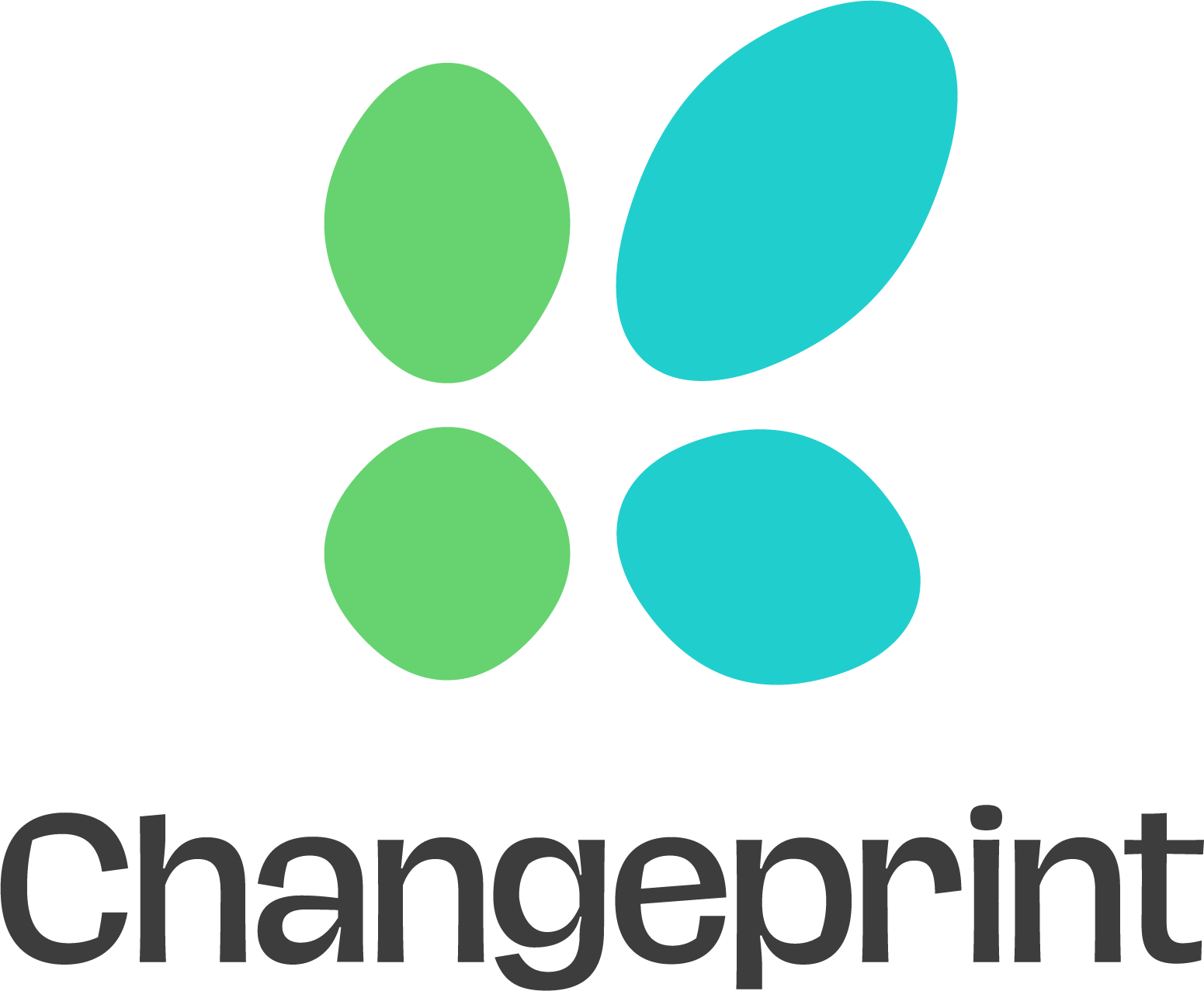Our Changeprint
Our Changeprint can be measured by the reduced risk of flooding in the Calder Valley and potential damage mitigation, based on our nature-based interventions (1000 woody dams, 40 hectares of woodland managed, 10 attenuation dams); the schools (20) and volunteers (1000) engaged; and the diversified natural habitats created for animals, insects, flora and fauna, based on our natural flood prevention measures.
Our story
As the climate crisis continues to worsen, Slow The Flow (STF) was founded by local residents to look at the issue of why and how the Calder Valley floods; to look at natural flood prevention measures and solutions to slow the volume of water which comes down the hillsides into the River Calder. Since 2016, STF has worked as a charity to advance the education of Natural Flood Management (NFM) and Sustainable Drainage Systems (SuDS) approaches, which are an essential part of the toolkit to mitigate against the consequences of future flood events.
Members are mostly local and are all volunteers giving up their time to secure a future for the Calder Valley and all who live, work and visit locally. We carry out practical work contributing to flood prevention in the Calder Valley, whilst enjoying the outdoors. We will not stop flooding events, but if we work together, we can reduce the risk of serious flooding. Building walls are not the only solution and our measures will support traditional measures.
STF’s most successful project to date is at local National Trust site Hardcastle Crags. Volunteers have built over 859 woody leaky dams with another 100 built by local contractors in harder to reach locations. These interventions mimic the natural environment by pushing excess water onto the forest floor, slowing its flow to the main river channel. This helps to reduce the height of the flood peak in our towns and villages further down the catchment, at Hebden Bridge, Mytholmroyd and beyond. These leaky dams also provide more environment benefits like diversifying natural habitats for animals, insects, flora and fauna. Dedicated teams of volunteers have worked tirelessly every month to build more than 10-12 new dams every month and there are plans to continue this work here for many years to come.
In addition to activism, STF educates about NFM and SuDS; providing people with ways to ‘slow the flow’ of flooding themselves through online resources and support programmes for people with land from small gardens to larger farmlands.
STF’s local ‘Artist In Residence’ Anne Fox records the group’s flood prevention interventions and to produce a body of work that reflects, celebrates and raises awareness of the unique and fragile nature of our environment and helps promote the ways in which people can work together to make positive changes. Annes’ work with STF can be found at: https://theflowprojectannefox.wordpress.com
Our advice
As a small organisation of volunteers we were motivated by the need to do something (anything!) active. We were supported by individuals with technical advice and links. The early evidence we gathered through student dissertations enabled a pilot programme to be funded by our partners, the National Trust. We found there was a myriad of consents and organisations that we needed to engage with at the outset.
It was important to develop a track record for competence early on within the process and here we were supported by organisations, such as the National Trust and institutions such as the University of Leeds and University of Huddersfield. As we have developed we have focused on education- this is an area where we need to engage future generations. It is also an area within which the (statutory) organisations are not active. It also made our application to the charity Commission more straightforward. Our future strategy (including our fundraising) strategy has stemmed from this. We have needed to become quite agile in terms of funding and manage our own expectations.







